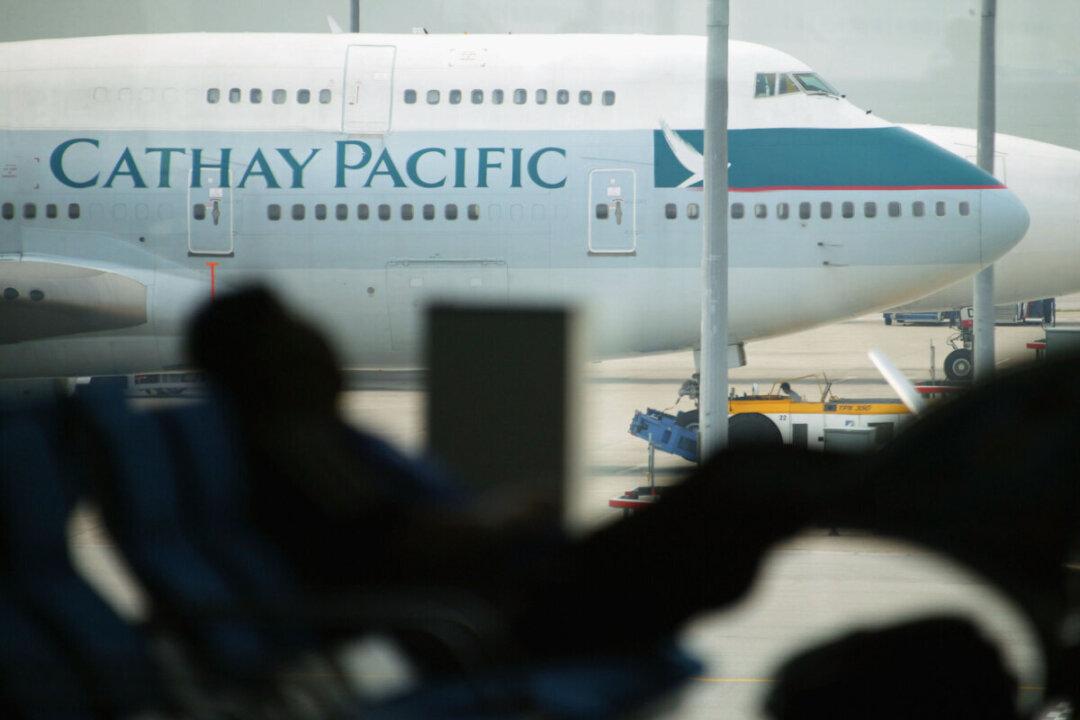Australian First Nations peoples are expected to benefit from the recently signed Treaty on Intellectual Property, Genetic Resources, and Associated Traditional Knowledge by members of the World Intellectual Property Organization (WIPO), which will require patent applicants to disclose the source of their traditional knowledge.
The agreement, signed in Geneva, Switzerland, establishes a form of legal recognition for Indigenous peoples’ traditional knowledge in the international intellectual property system.




